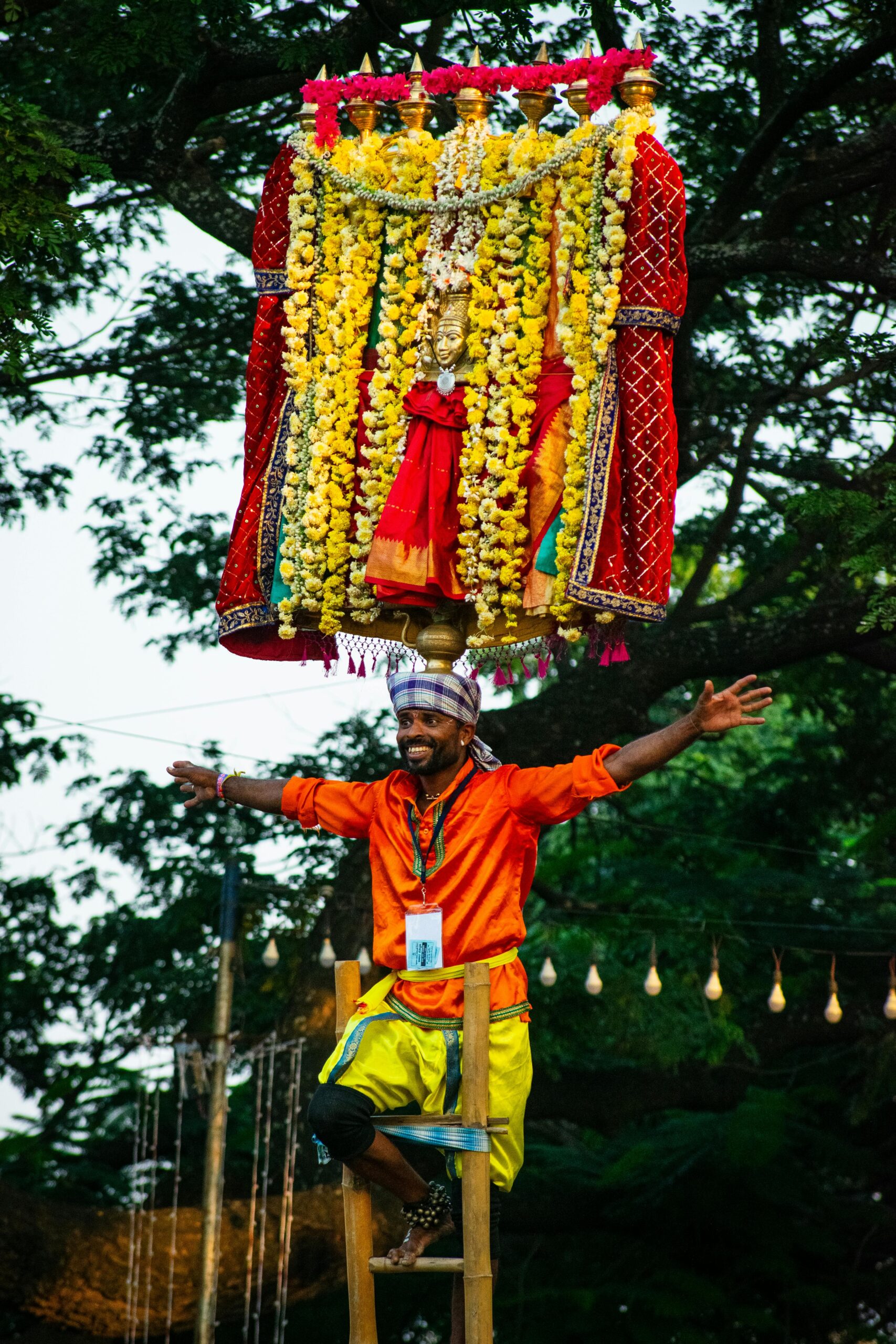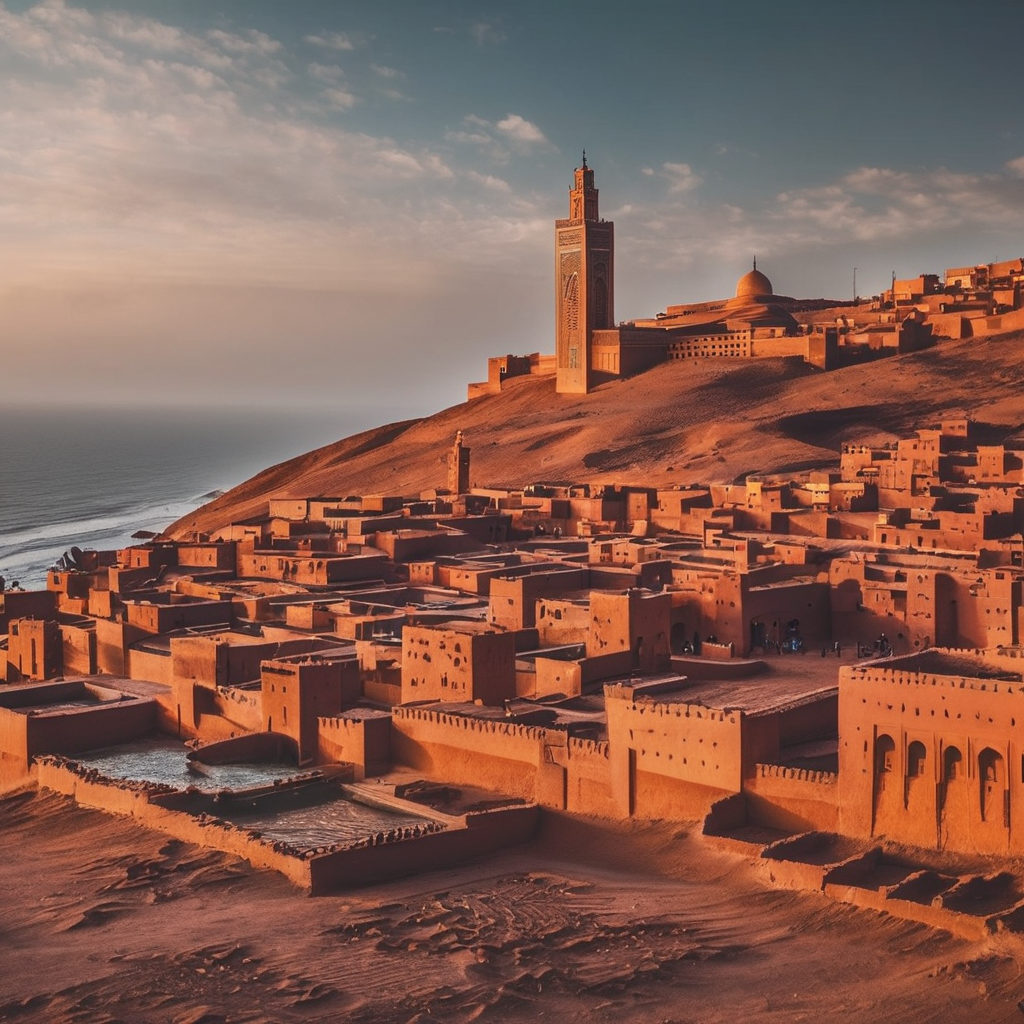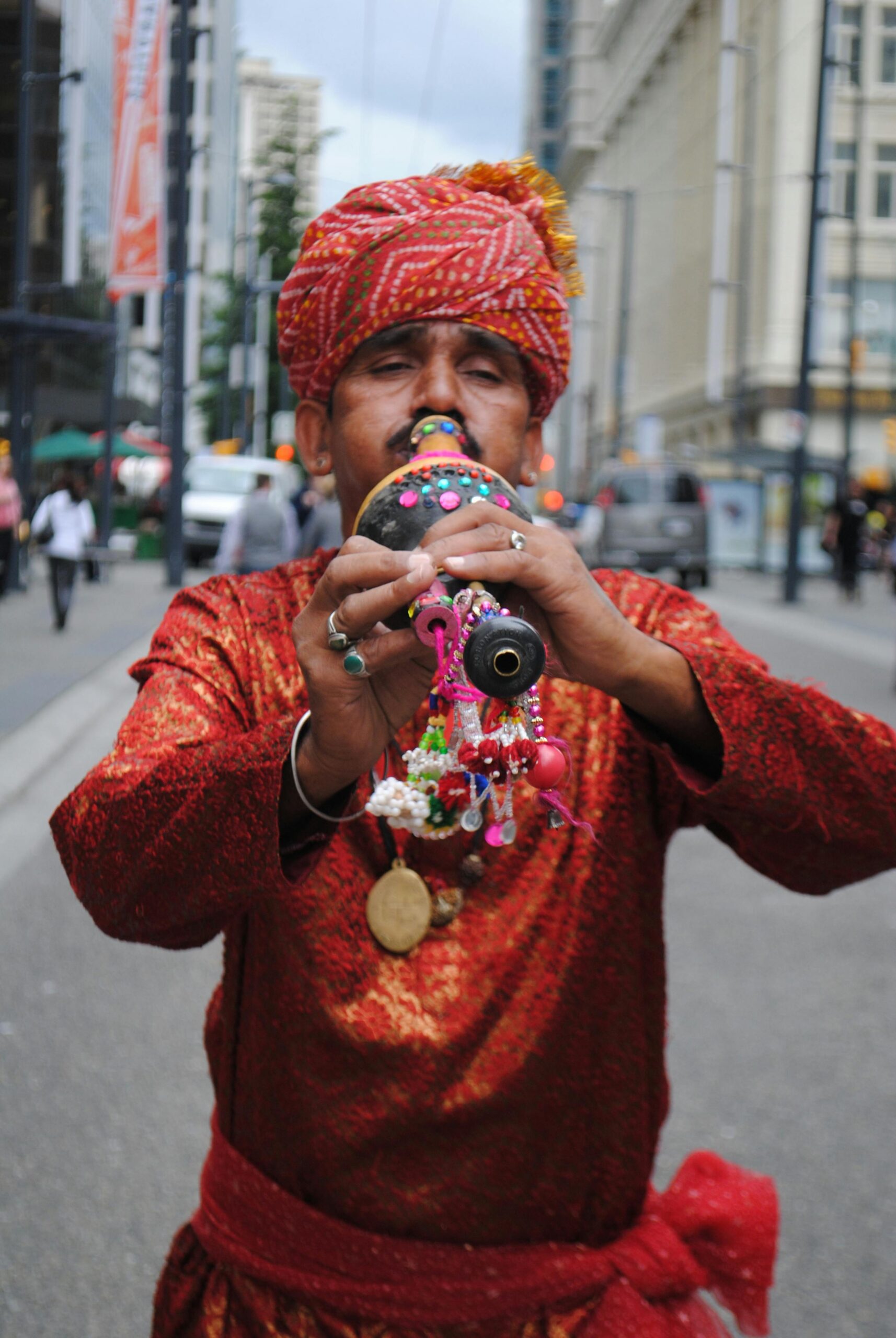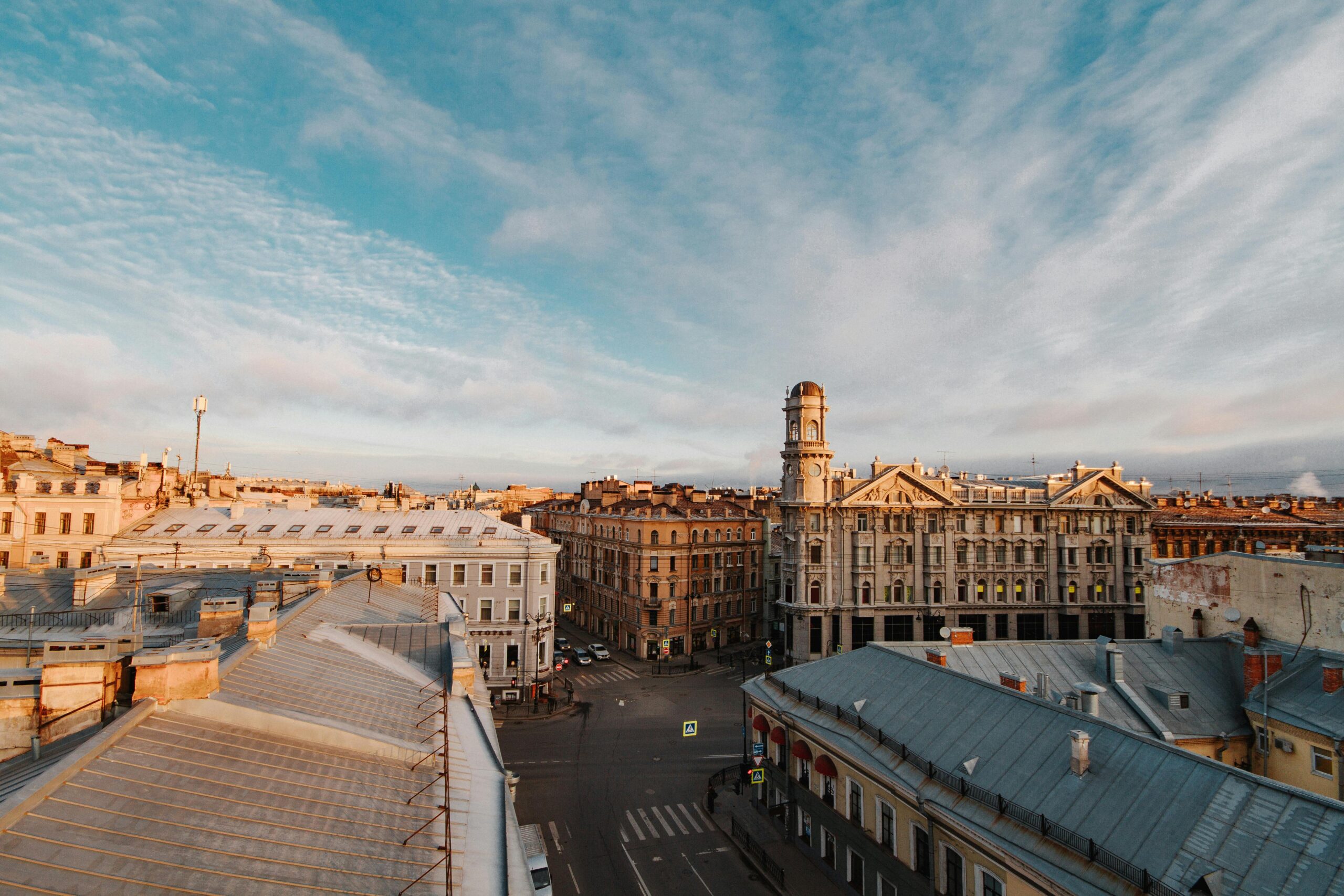Cultural festivals offer a window into the vibrant tapestry of human traditions, beliefs, and celebrations. Across the globe, communities come together to mark significant events, honor religious observances, or simply revel in the joy of being alive. From the colorful explosions of Diwali in India to the exuberant parades of Carnival in Rio de Janeiro, the world is brimming with cultural festivals waiting to be experienced. In this article, we’ll journey through some of the top cultural festivals around the world, each offering a unique glimpse into the heritage and spirit of its host community.
Diwali in India
Diwali, also known as the Festival of Lights, is one of the most significant festivals in India, celebrated with immense joy and enthusiasm across the country. It holds religious, cultural, and social significance for Hindus, Sikhs, Jains, and some Buddhists. The festival usually falls between October and November, marking the victory of light over darkness and good over evil.
During Diwali, homes and public spaces are adorned with colorful decorations, intricate rangoli (artwork created on the ground with colored powders), and rows of oil lamps or diyas, symbolizing the triumph of light over darkness. Families come together to exchange gifts, share sweets and delicacies, and offer prayers to Lakshmi, the goddess of wealth and prosperity.
Fireworks are a quintessential part of Diwali celebrations, lighting up the night sky with dazzling displays of light and color. The bursting of firecrackers is believed to drive away evil spirits and usher in good luck and prosperity for the coming year. However, in recent years, there has been a growing awareness about the environmental and health hazards associated with fireworks, leading to calls for more eco-friendly celebrations.
In addition to the traditional rituals, Diwali is also a time for shopping and feasting. Markets bustle with activity as people purchase new clothes, household items, and gifts for loved ones. Special Diwali sweets and snacks like ladoos, jalebis, and samosas are prepared and shared with neighbors and friends.
The spirit of Diwali transcends religious boundaries, fostering a sense of unity and togetherness among people of different faiths and backgrounds. It is a time for reflection, renewal, and the celebration of life’s blessings, making Diwali a truly magical and unforgettable experience for millions of people in India and around the world.
Songkran in Thailand
Songkran, also known as the Thai New Year, is a vibrant and joyful festival celebrated in Thailand with great fervor and enthusiasm. The festival usually takes place in April, marking the beginning of the traditional Thai lunar calendar and the arrival of the spring season.
Songkran is famous for its water fights, which symbolize the washing away of bad luck and sins from the previous year and the cleansing and renewal of the spirit for the year ahead. People of all ages take to the streets armed with water guns, buckets, and hoses, dousing each other with water in a playful and lighthearted manner.
In addition to the water fights, Songkran is also a time for religious ceremonies and family gatherings. Many Thais visit temples to make merit, offer prayers, and pour water over Buddha statues as a sign of respect and purification. Families come together to pay homage to their elders, seeking blessings for good health, prosperity, and happiness in the new year.
Traditional customs and rituals are an integral part of Songkran celebrations. These include the pouring of scented water over the hands of elders as a gesture of respect, the building of sand pagodas adorned with colorful flags and flowers, and the releasing of birds and fish as acts of merit and compassion.
Despite its deep-rooted traditions, Songkran has also evolved into a modern celebration, with lively street parties, music festivals, and cultural performances taking place in major cities like Bangkok, Chiang Mai, and Phuket. Tourists from around the world flock to Thailand to experience the festive atmosphere and join in the fun-filled water festivities.
Songkran is not just a time for revelry and merrymaking but also a time for reflection, gratitude, and renewal. It is a celebration of Thai culture, spirituality, and community spirit, bringing people together in a spirit of joy, unity, and goodwill.
Carnival in Rio de Janeiro, Brazil
Carnival in Rio de Janeiro is one of the most iconic and vibrant festivals in the world, attracting millions of visitors from across the globe to the streets of Brazil’s cultural capital. Held annually before Lent, usually in February or March, this extravaganza of music, dance, and revelry is a celebration of Brazilian culture, creativity, and joie de vivre.
The roots of Rio Carnival can be traced back to ancient European pagan celebrations, which were later infused with African and indigenous Brazilian traditions. Today, it is a spectacular showcase of samba music and dance, with elaborate parades featuring colorful costumes, extravagant floats, and energetic samba dancers known as sambistas.
The highlight of Rio Carnival is the samba parade, where samba schools from different neighborhoods compete fiercely for the title of champion. Months of preparation go into crafting the elaborate costumes and choreographing the intricate dance routines, culminating in a dazzling display of talent and creativity at the Sambadrome, the festival’s main parade route.
In addition to the parades, Rio Carnival also features street parties, known as blocos, where locals and visitors come together to dance, sing, and celebrate in the city’s neighborhoods. These street festivities are characterized by music, laughter, and the infectious energy of the carnival spirit, creating an atmosphere of joy and camaraderie.
For many Brazilians, Rio Carnival is a time of escapism and revelry, a chance to forget their worries and immerse themselves in the joyous rhythms of samba. It is also a major economic boon for the city, generating significant revenue from tourism and creating jobs in various sectors, from hospitality to entertainment.
Whether you’re a seasoned traveler or a first-time visitor, experiencing Carnival in Rio de Janeiro is an unforgettable experience that will leave you mesmerized by the sights, sounds, and colors of this spectacular festival. From the pulsating beats of the samba drums to the infectious energy of the crowds, Rio Carnival is a celebration of life, love, and the boundless creativity of the Brazilian people.
Oktoberfest in Munich, Germany
Oktoberfest in Munich, Germany, is the world’s largest beer festival and a beloved annual tradition that attracts millions of visitors from around the globe to the Bavarian capital. Held annually from late September to the first weekend in October, this 16- to 18-day festival is a celebration of Bavarian culture, hospitality, and, of course, beer.
The origins of Oktoberfest can be traced back to 1810 when Crown Prince Ludwig of Bavaria married Princess Therese of Saxony-Hildburghausen. To commemorate their wedding, the citizens of Munich were invited to join in the festivities, which included horse races, parades, and copious amounts of beer. Over the years, the event grew in popularity and evolved into the Oktoberfest we know today.
The heart of Oktoberfest is the Theresienwiese, a sprawling fairground in central Munich, where dozens of beer tents and amusement rides are set up for the duration of the festival. The festival officially kicks off with the tapping of the first keg by the mayor of Munich, followed by the exclamation “O’zapft is!” (It’s tapped!), signaling the start of the beer-drinking festivities.
Inside the beer tents, revelers can enjoy a wide variety of traditional Bavarian beers, including Oktoberfestbier, a special brew brewed exclusively for the festival. Accompanying the beer is an array of hearty Bavarian dishes, such as roast chicken, pretzels, and sausages, served in generous portions to keep festival-goers fueled for the festivities.
In addition to the beer tents, Oktoberfest also features parades, live music, folk dancing, and carnival games, providing entertainment for visitors of all ages. The atmosphere is festive and convivial, with locals and tourists alike coming together to celebrate Bavarian culture and hospitality.
While Oktoberfest is undoubtedly a celebration of beer, it is also a celebration of community, friendship, and tradition. Whether you’re a beer aficionado or simply looking to experience the unique charm of Bavarian culture, Oktoberfest in Munich offers an unforgettable experience that will leave you with memories to last a lifetime.
La Tomatina in Buñol, Spain
La Tomatina in Buñol, Spain, is perhaps the world’s most famous food fight, attracting thousands of participants from around the world to the small town of Buñol for a riotous celebration of tomatoes. Held annually on the last Wednesday of August, this unconventional festival is a testament to the Spanish spirit of fun, camaraderie, and spontaneity.
The origins of La Tomatina can be traced back to 1945 when a group of young people began a spontaneous tomato fight during a parade in Buñol. The following year, the tomato-throwing tradition was repeated, eventually evolving into the large-scale event it is today. In 1957, the town council officially recognized La Tomatina as a festival, and it has since become a beloved tradition cherished by locals and visitors alike.
The festival begins early in the morning with the “palo jabón,” a greased pole climbing competition, followed by the “palo jamón,” where participants attempt to reach a ham placed at the top of a greased pole. The main event kicks off at noon, when trucks laden with ripe tomatoes roll into the town square, and the tomato fight begins in earnest.
For the next hour, the streets of Buñol are transformed into a sea of red as participants hurl tomatoes at each other with gleeful abandon. Laughter fills the air as people of all ages, nationalities, and backgrounds come together to partake in this messy yet exhilarating spectacle.
Despite the chaos and mess, La Tomatina is a remarkably safe and well-organized event, with strict rules in place to ensure the safety of participants. After an hour of tomato-throwing madness, fire trucks hose down the streets and participants alike, washing away the remnants of the tomato battle and leaving behind a sense of shared camaraderie and unforgettable memories.
La Tomatina is more than just a food fight; it is a celebration of joy, spontaneity, and the simple pleasures of life. Whether you’re a seasoned festival-goer or a first-time participant, La Tomatina offers an unforgettable experience that will leave you covered in tomato pulp and smiling from ear to ear.
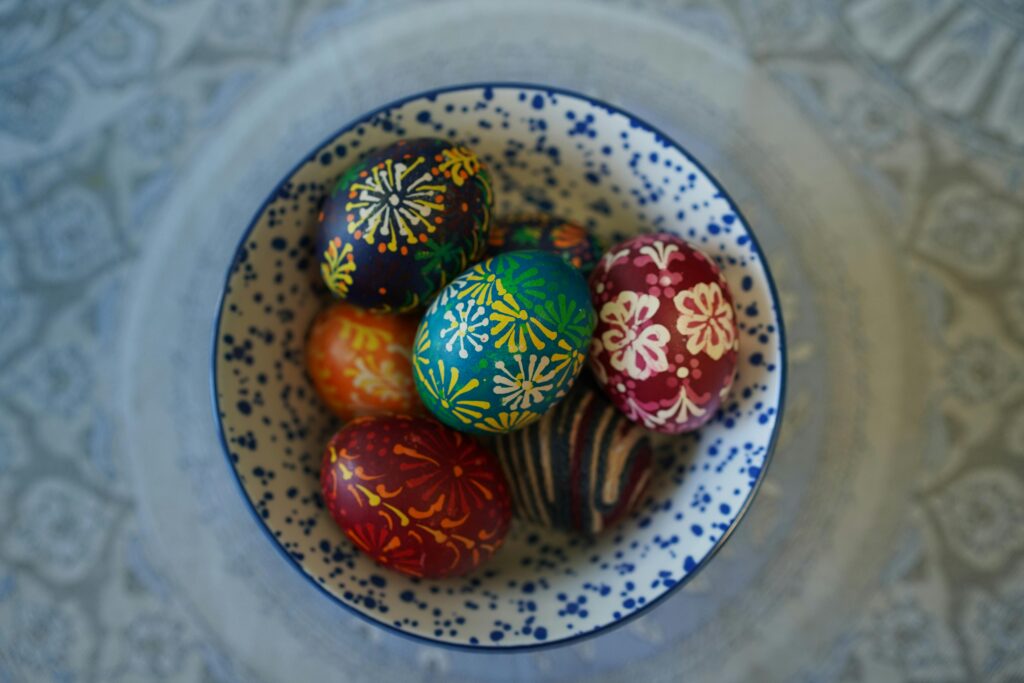
Mardi Gras in New Orleans, USA
Mardi Gras in New Orleans, USA, is a legendary carnival celebrated with unparalleled zeal and revelry, drawing millions of visitors to the vibrant streets of the Crescent City. Rooted in French Catholic traditions, Mardi Gras, or Fat Tuesday, is the culmination of the Carnival season, leading up to the solemn observance of Lent.
The origins of Mardi Gras in New Orleans can be traced back to the early 18th century when French settlers brought the tradition of masquerade balls and street processions to the city. Over the years, Mardi Gras evolved into a grand spectacle of parades, music, and elaborate costumes, reflecting the rich cultural tapestry of New Orleans.
The highlight of Mardi Gras is the elaborate parades organized by various krewes, or social clubs, which roll through the streets of the city in the weeks leading up to Fat Tuesday. These parades feature colorful floats, marching bands, and costumed revelers tossing beads, trinkets, and other goodies to the cheering crowds.
In addition to the parades, Mardi Gras is also a time for masked balls, street parties, and other festive events that showcase the unique flavors of New Orleans cuisine, music, and hospitality. From traditional Creole dishes like gumbo and jambalaya to the infectious rhythms of jazz and zydeco, Mardi Gras offers a sensory feast for visitors from near and far.
While Mardi Gras is often associated with raucous celebrations and excess, it is also deeply rooted in community spirit and tradition. Many locals participate in the festivities not only as spectators but also as members of krewes, volunteers, and organizers, ensuring that the spirit of Mardi Gras continues to thrive for generations to come.
Whether you’re a seasoned reveler or a first-time visitor, experiencing Mardi Gras in New Orleans is an unforgettable adventure that will leave you captivated by the sights, sounds, and flavors of this iconic celebration. From the dazzling floats to the infectious energy of the crowds, Mardi Gras is a celebration of life, culture, and the enduring spirit of the Big Easy.
Gion Matsuri in Kyoto, Japan
Gion Matsuri in Kyoto, Japan, is one of the oldest and most prestigious festivals in the country, dating back over a thousand years to the Heian period. Held annually in July, this month-long celebration is a showcase of traditional Japanese culture, featuring colorful processions, ornate floats, and spirited street parties.
The origins of Gion Matsuri can be traced back to the 9th century when the city of Kyoto was plagued by a series of natural disasters, including earthquakes, floods, and fires. In response to these calamities, the Emperor ordered the construction of Yasaka Shrine and decreed that a festival be held to appease the gods and pray for protection and prosperity.
Today, Gion Matsuri is a major cultural event that attracts millions of visitors to Kyoto, eager to witness the grandeur and pageantry of this ancient festival. The highlight of the celebration is the Yamaboko Junko parade, where elaborately decorated floats known as yamaboko are pulled through the streets of the city by teams of men in traditional attire.
Each float is a work of art, adorned with intricate carvings, colorful tapestries, and ornate decorations, representing different themes and motifs inspired by Japanese mythology and history. The procession is accompanied by musicians playing traditional instruments, dancers performing ancient rituals, and costumed performers entertaining the crowds.
In addition to the parade, Gion Matsuri also features a variety of cultural events and activities, including tea ceremonies, flower arranging demonstrations, and traditional theater performances. The festival is a time for locals and visitors alike to celebrate Kyoto’s rich cultural heritage and come together in a spirit of joy and camaraderie.
While Gion Matsuri has evolved over the centuries, it remains deeply rooted in tradition and reverence for the past. Many of the rituals and customs associated with the festival have been passed down through generations, ensuring that the spirit of Gion Matsuri continues to endure and thrive in modern-day Kyoto.
Whether you’re a history buff, a culture enthusiast, or simply looking to experience the magic of traditional Japan, Gion Matsuri offers a unique opportunity to immerse yourself in the sights, sounds, and flavors of this ancient celebration. From the majestic floats to the vibrant street festivities, Gion Matsuri is a testament to the enduring legacy of Kyoto’s cultural heritage.
Holi in India
Holi in India is a vibrant and joyous festival celebrated with exuberance and enthusiasm across the country, marking the arrival of spring and the triumph of good over evil. Known as the Festival of Colors, Holi is a time for family and friends to come together, play with colored powders, and revel in the festive atmosphere.
The origins of Holi can be traced back to ancient Hindu mythology, particularly the legend of Prahlad and Holika, which symbolizes the victory of devotion and righteousness over tyranny and injustice. According to the legend, Prahlad, a devout follower of Lord Vishnu, was saved from the flames of a pyre by the god’s intervention, while his evil aunt Holika perished.
Today, Holi is celebrated with great fervor and merriment, with people of all ages and backgrounds taking to the streets to participate in the colorful festivities. The day begins with prayers and rituals at temples, followed by the playful throwing of colored powders, known as gulal, and the spraying of colored water, symbolizing the arrival of spring and the blossoming of new beginnings.
In addition to the traditional rituals, Holi is also a time for music, dance, and feasting, with communities coming together to share sweets, snacks, and traditional dishes like gujiya and thandai. Bonfires are lit in the evening to symbolize the burning of Holika and the triumph of good over evil, followed by lively celebrations that continue late into the night.
Holi is a festival that transcends religious and social boundaries, fostering a sense of unity and togetherness among people of different faiths and backgrounds. It is a time for forgiveness, reconciliation, and the renewal of relationships, as old grievances are buried and new bonds are forged in the spirit of joy and camaraderie.
Whether you’re a traveler seeking new experiences or a local celebrating cherished traditions, Holi offers a unique opportunity to immerse yourself in the vibrant colors and infectious energy of India’s most beloved festival. From the playful antics of children to the spirited revelry of adults, Holi is a celebration of life, love, and the enduring spirit of community.
FAQs
Q. What are some top cultural festivals to experience around the world?
A. There are numerous cultural festivals celebrated worldwide, each offering a unique experience. Here are some of the top ones:
Q. What is the Carnival in Rio de Janeiro, Brazil?
A. The Carnival in Rio de Janeiro is one of the biggest and most famous festivals in the world. It features vibrant parades, samba music, elaborate costumes, and street parties that attract millions of visitors each year.
Q. What is Diwali in India?
A. Diwali, also known as the Festival of Lights, is a significant Hindu festival celebrated across India and other parts of the world. It symbolizes the victory of light over darkness and good over evil. During Diwali, people decorate their homes with lights, burst fireworks, exchange gifts, and share sweets.
Q. What is Oktoberfest in Munich, Germany?
A. Oktoberfest is the world’s largest beer festival held annually in Munich, Germany. It typically runs for about 16 to 18 days, starting in late September and ending in the first weekend of October. Visitors enjoy a variety of traditional German beers, food, music, and carnival rides.
Q. What is the Day of the Dead (Día de los Muertos) in Mexico?
A. Día de los Muertos, or Day of the Dead, is a Mexican holiday celebrated to honor and remember deceased loved ones. It is a vibrant and colorful festival featuring altars decorated with marigolds, sugar skulls, and the favorite foods and drinks of the departed. Families gather to pray, reminisce, and celebrate the lives of their ancestors.
Q. What is the Chinese New Year?
A. The Chinese New Year, also known as the Spring Festival, is the most important traditional Chinese holiday. It marks the beginning of the lunar new year and is celebrated with family reunions, feasting, fireworks, and various cultural activities. Each year is associated with one of the 12 animals in the Chinese zodiac.
Conclusion
As we conclude our whirlwind tour of cultural festivals around the world, it’s evident that these celebrations serve as bridges, connecting people across continents and cultures. Whether you find yourself mesmerized by the vibrant hues of Holi in India or swept up in the pulsating rhythms of Carnival in Brazil, one thing remains clear: the human spirit knows no bounds when it comes to celebrating life’s joys and milestones. So, as you plan your next adventure, consider adding a cultural festival to your itinerary. After all, there’s no better way to experience the richness of our world than by immersing yourself in its diverse tapestry of traditions and festivities.

